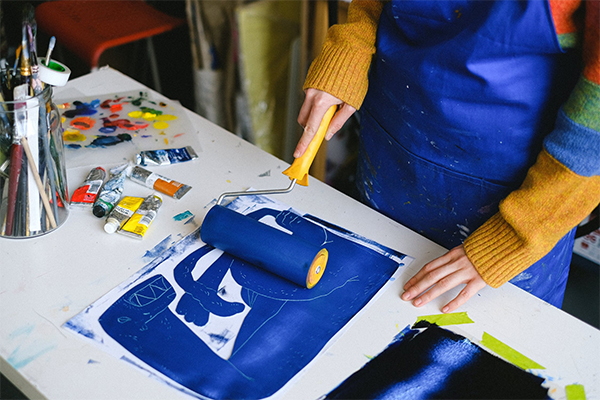One of the things career artists struggles with is pricing their art reasonably. Of course, you want to make it low enough that you won’t deter interested buyers, but not so low that you won’t make a decent living.
There are many factors you can and should consider when putting a price on your work.
Time
One of the most common ways artists price their art is by basing it on how long it took to finish. The base price of your artwork can be the minimum wage in your area multiplied by the number of hours it took to make. You can also increase the price for rush jobs and works done in peak season.
Materials
How much you spent on materials factors heavily in how much the finished product should cost. While expensive materials don’t mean fine artwork, the canvas and paint you use can affect the painting’s longevity. For example, oil paintings are revered for maintaining their actual color for generations. They also allow for richer and more pigmented colors than acrylic or gouache. Premium quality oil paints can go up to $1,100 per liter, so if you’re painting with oil, it’s only expected to be more expensive than paintings made with other paint. For non-traditional mediums like digital art, your graphics tablet, software license, and other equipment should also factor into your calculations.
Size
Some professionals recommend that you price your art based on its size. Larger works are generally worth more, not just because they tend to take longer to finish but also because they can be statement pieces. On the other hand, some buyers prefer buying one large art instead of a few small ones as it’s more eye-catching and can tie a room together better. Some artists price at $6 per square inch, but this depends on your personal preferences.
Reputation
When your works increase in demand, you earn your right to up your asking price. Don’t compare your fees to an artist with 100 followers if you have 20,000 because most new artists tend to undervalue their work to gain traction. You can also increase your prices if you’ve racked up significant achievements like winning awards, exhibiting your works in major galleries, or selling pieces to famous collectors.
Education
If you’ve received any formal art education or training, you can also use that as the basis for why your art is worth more. For most jobs, people with a bachelor’s degree tend to have a higher salary than those who only finished high school, and those with master’s degrees can earn even more.
There is a growing movement in the art community where artists are raising awareness on underpaid artists. Some companies devalue artists’ efforts and insist they work for free or “for exposure”. Some patrons also pressure artists to lower their prices by claiming that other artists were willing to do the same work for less. To fight this injustice against artists, you must know how much your time and skill are worth and price your artworks right.
Photo Attribution:
1st and featured image from https://www.pexels.com/photo/workplace-of-artist-with-paper-drafts-and-paint-tubes-5641889/
2nd image from https://www.pexels.com/photo/painter-working-with-roller-in-craft-shop-5641903/

